LEADERSHIP SUCCESSION IN INTERSECTIONAL MOBILIZATION: AN ANALYSIS OF THE CHICAGO ABORTION FUND, 1985–2015*
While intersectionality is increasingly an object of inquiry in social movement research, few scholars examine leadership’s role in enabling intersectional mobilization. This article draws on data from archives and in-depth interviews (n = 18) to explore the importance of leadership succession in transforming the Chicago Abortion Fund between 1985–2015. Specifically, it explores two types of succession: (1) from grassroots or community-embedded leadership to bridge leadership (which connects the community to the organization), and (2) from bridge to formal leadership. Our study shows how these two types of succession were instrumental in operationalizing margins-to-center organizing. We present our findings in a series of conjunctures or episodes to elucidate how Black women and women of color moved gradually through different forms of leadership. In so doing, they changed the framing and praxis of the organization from a social service agency to a radical reproductive-justice social movement organization.
Contributor Notes
*Meghan Daniel is a PhD Candidate in the Department of Sociology at the University of Illinois at Chicago. Cedric de Leon is Professor of Sociology and Director of the Labor Center at the University of Massachusetts Amherst. Please direct correspondence to Meghan Daniel, Department of Sociology, University of Illinois at Chicago, 1007 West Harrison St. (MC 312) Chicago, IL 60617-7140 (mdanie26@uic.edu).
†Our deepest gratitude to those interviewed for this project, and to all those shaping change for reproductive justice. Thank you to Sekile M. Nzinga for her incredible expertise and mentorship throughout the research, analysis, and writing processes. Our thanks to Claire Decoteau, Atef Said, and members of the Writing Accountability Group for guidance and encouragement on this article. Thanks also go to the anonymous Mobilization reviewers for their critical insights on previous versions. We extend a final thank you to Zakiya Luna, Sujatha Jesudason, and Mimi Kim for generous feedback throughout the publication process.

